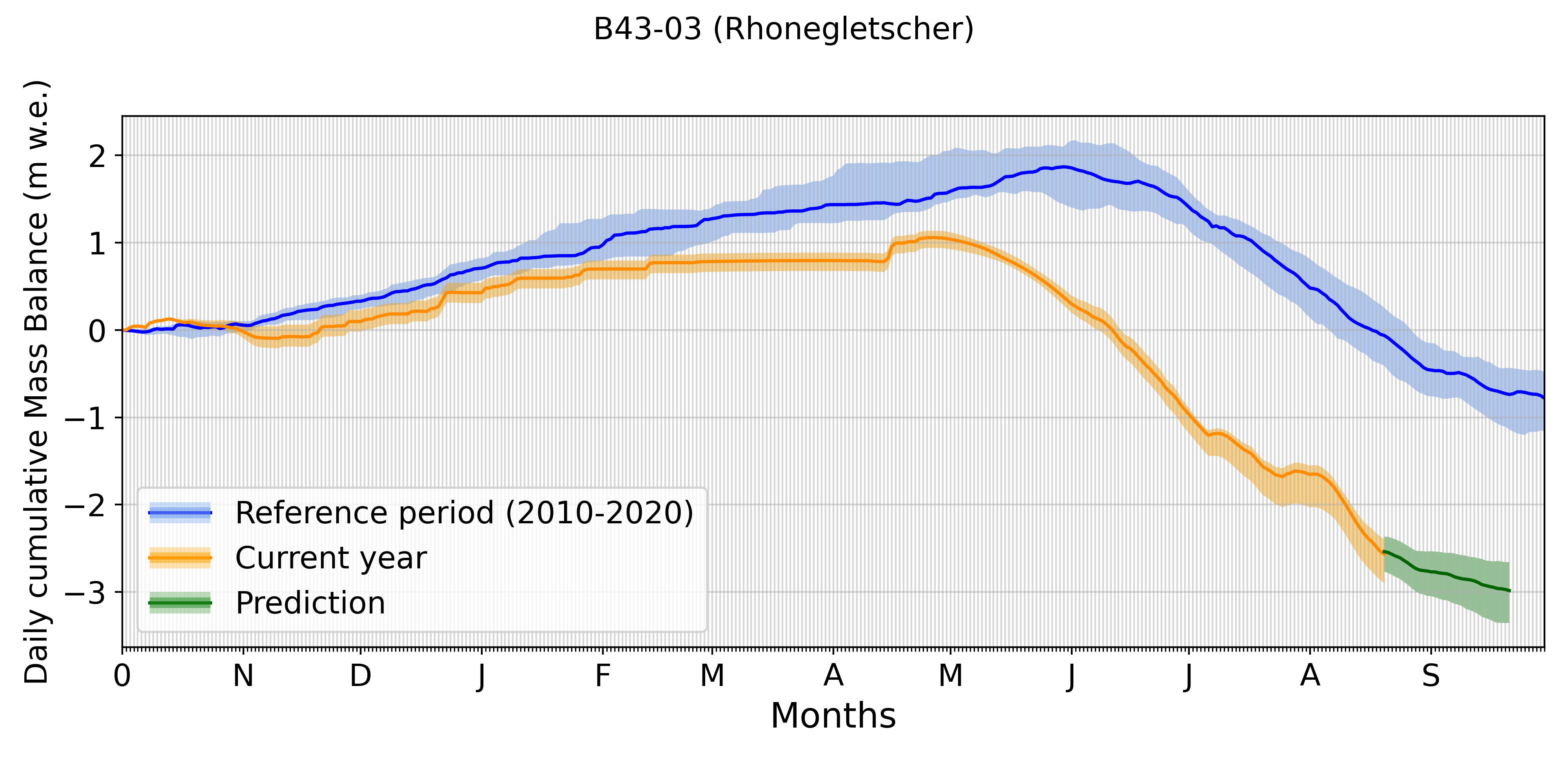

Near real-time glacier mass balances with uncertainty estimates
CRAMPON is a Python project to monitor and predict glacier mass balance in near real-time. To obtain daily analyses, we use predictions from a mass balance model ensemble and assimilate both in situ and remotely sensed observations. Some of the code infrastructure builds upon OGGM.
CRAMPON is running operationally in the alpha phase. You may find first results (no guarantee!) on the inofficial web page.
The documentation is hosted on ReadTheDocs.
If you would like to contribute to CRAMPON, please create an issue, and/or fork the repository and make a pull request.
| Status: | Under development (alpha) |
|---|---|
| Funding: | Formerly: ETH Zürich, WSL Birmensdorf, GLAMOS, GCOS Switzerland. |


